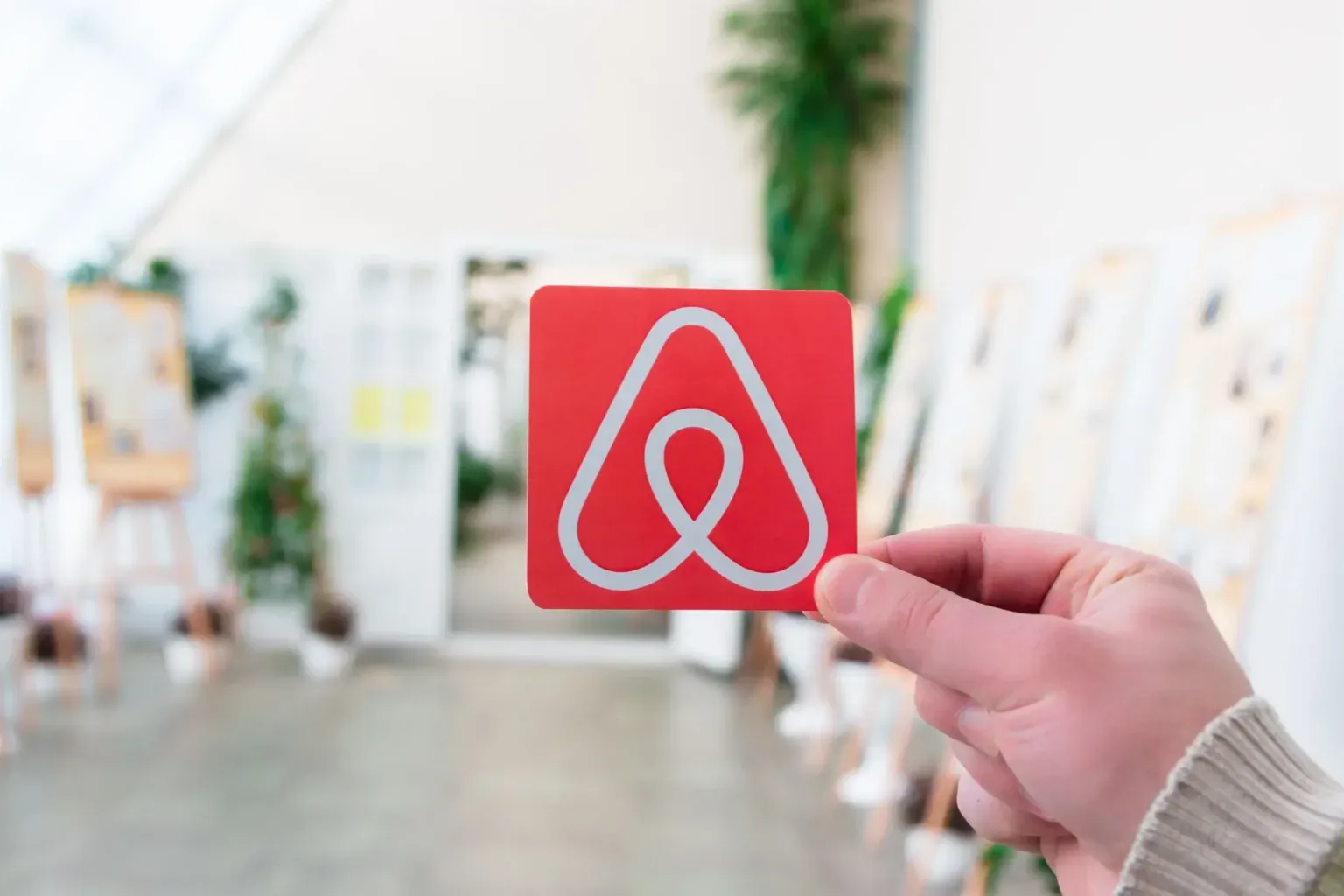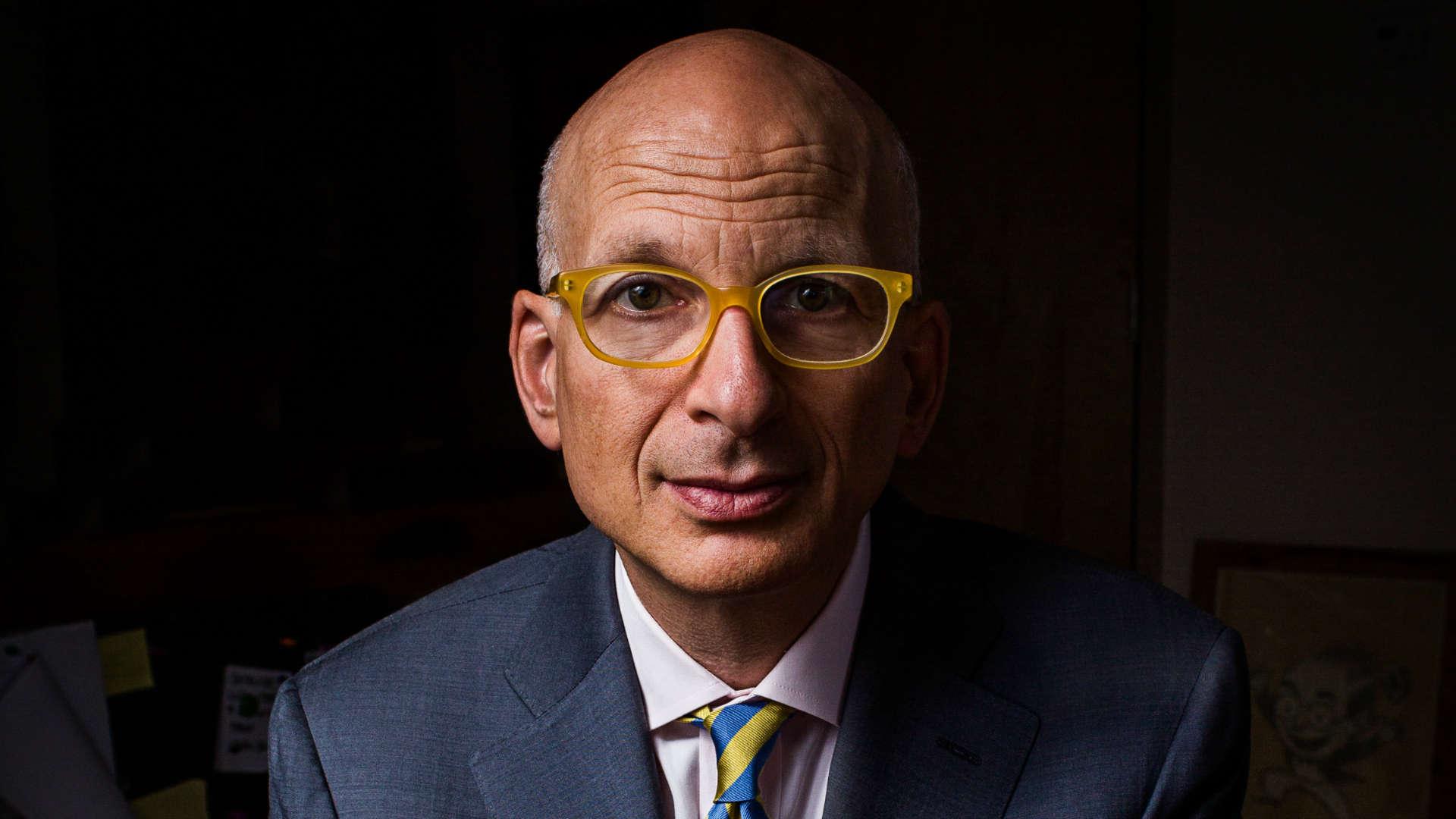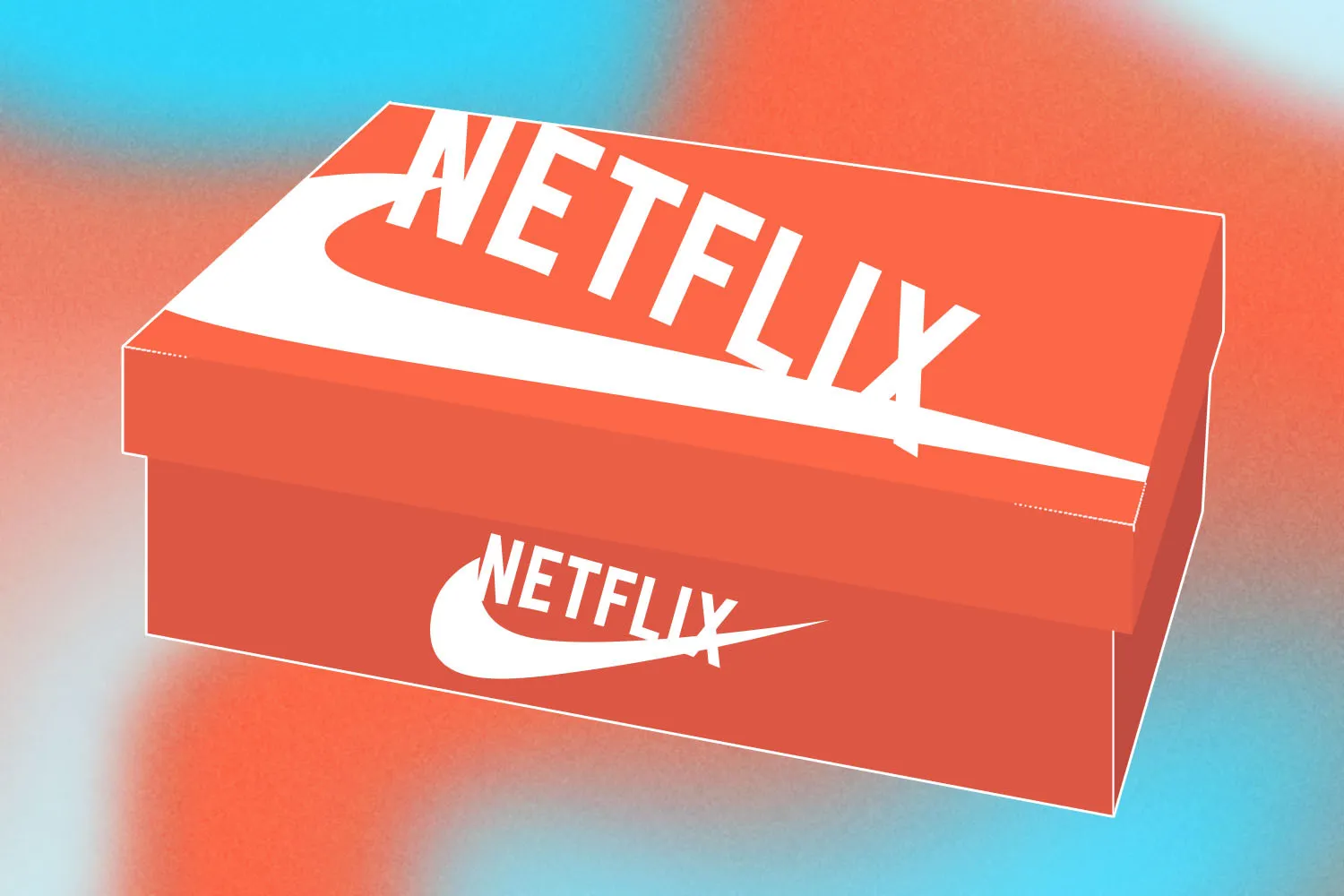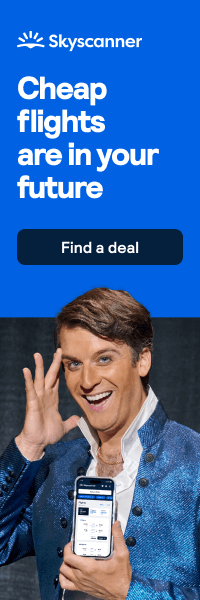How Do Brands Become Household Names? Winners, From, Airbnb, Nike, and Netflix.
Some brands grow beyond products and logos to become part of everyday culture. They're no longer just companies; they are verbs, concepts, and shortcuts for ideas, habits, and lifestyles. The rise of companies like Airbnb, Nike, and Netflix isn't accidental—it's the result of a deliberate, long-term strategy that blends innovation with a deep understanding of human needs. Their success offers a masterclass in how to build a brand that resonates with millions and stands the test of time.
The Unwavering Power of Solving a Real Problem
At their core, these brands succeeded by identifying and solving a widespread, often unarticulated, problem. Instead of simply creating a new product, they reimagined an entire experience, embedding themselves into people’s lives.
Consider Airbnb, a company that pioneered the "Experience Economy." In the wake of the 2008 financial crisis, travel was a luxury many couldn't afford. The founders of Airbnb saw an opportunity born of necessity, addressing two problems simultaneously: the need for affordable, authentic travel for guests and the need for extra income for homeowners.

The Airbnb logo, symbolizing how the platform transformed from a small startup into a household name in global travel and hospitality.
What started with a few air mattresses in a San Francisco living room tapped into a global desire for unique, local experiences that traditional hotels simply couldn't offer. The brand's genius lay in its ability to make users feel like part of a cultural movement—the act of "living like a local" rather than being a tourist.
Similarly, Nike's global dominance is less about shoes and more about a mindset. Early sportswear brands sold equipment, but Nike sold a deeper human need: the pursuit of aspiration and personal empowerment.

Basketball legend Michael Jordan, whose partnership with Nike helped turn the Air Jordan line into one of the most iconic and recognizable brands in the world.
The iconic "Just Do It" slogan wasn't just a marketing tag; it was a philosophy that positioned the brand as a symbol of personal identity. By associating its products with legendary athletes like Michael Jordan and weaving in themes of perseverance and social justice, Nike turned a shoe into a powerful cultural symbol. Consumers don't just buy a product; they buy into a belief system that promises motivation, belonging, and the drive to push their limits.
Meanwhile, Netflix transformed the world of entertainment by anticipating a seismic cultural shift. Before its rise, entertainment was dictated by television schedules and limited by physical media. Netflix began as a convenient DVD-by-mail service but quickly recognized the public’s growing desire for on-demand, personalized content.
Its pivot to streaming was perfectly timed, offering unprecedented control over what, when, and how we watch. By investing billions in original content, the company transformed itself from a mere distributor into a creator of global cultural moments. Binge-worthy series like Stranger Things and The Crown weren't just shows; they became shared conversations, embedding the brand deeply into the fabric of daily life.
Beyond Products: The Art of Storytelling
As marketing pioneer Seth Godin famously said, "Marketing is no longer about the stuff you make, but about the stories you tell." These brands are all masters of narrative, crafting compelling stories that resonate on a personal level.

Marketing thought leader Seth Godin, known for his insights on branding, storytelling, and consumer trust.
Airbnb's brand wasn't built on slick ad campaigns but on a user-generated narrative. Every positive review, every shared photo of a cozy cabin or a unique treehouse, became a powerful testimonial. This peer-to-peer marketing created an authentic feedback loop where the brand's identity was built organically, one personal story at a time. The result was a profound sense of community, not just a service.
In contrast, Nike creates myths. It doesn't just feature athletes; it builds them into legends. From the early days with Jordan's "Air" series to more recent campaigns championing social justice with Colin Kaepernick, Nike uses storytelling to connect its products to a higher purpose. The swoosh becomes a signal of courage, resilience, and personal belief, making the brand a part of the user's personal journey.
Netflix, meanwhile, understood that its content was its story. By producing a steady stream of binge-worthy shows and movies that became global phenomena, it made itself an essential part of the cultural conversation.
The brand isn't just a platform; it's the source of the next big conversation, a central hub for shared experiences that unite people around the world. However, this level of cultural integration isn't without its challenges. The viral phrase "Netflix and chill," for instance, shows how a brand's message can be co-opted and reinterpreted by popular culture, a challenge that requires the brand to be both secure in its identity and flexible in its response.
The Critical Role of Timing and Consistency
While a great idea and powerful storytelling are essential, timing is everything. These brands scaled when cultural and technological shifts made their solutions not just convenient, but inevitable.
Airbnb capitalized on the rise of the sharing economy and a cultural backlash against corporate uniformity. Nike rode the peak of celebrity athlete worship and the globalization of sports. Netflix timed its pivot to streaming perfectly, just as internet speeds became fast enough for mass consumption and before competitors could corner the market. Their success was about being in the right place at the right time with the right solution.
Trust is built through an unwavering consistency. While these brands have evolved, their core promise has remained constant. Netflix, for example, consistently prioritized user experience and content investment, allowing it to transition seamlessly from DVDs to streaming and ultimately to original productions.

Netflix’s bold signage reflects the streaming giant’s transformation into a household name worldwide.
In stark contrast, its former rival, Blockbuster, failed to stay consistent with the times. It clung to a physical rental model and a late-fee structure, unable to adapt to the digital age. This failure to evolve its core business and value proposition led to its eventual demise, serving as a powerful cautionary tale of a brand that lost its cultural relevance.
In recent years, another brand has emerged that follows this same blueprint: On Running. The Swiss-based company, founded by a former professional athlete, identified a genuine problem in the running world: the harsh, jarring sensation of running.
Their solution was the development of CloudTec® technology, a unique cushioning system that made runners feel as if they were literally "running on clouds." This innovation addressed a clear need for both elite athletes and casual joggers. Their brand story isn't about "no pain, no gain" but rather about a more effortless, comfortable running experience.
On Running's growth coincided with the rise of the athleisure trend and a consumer focus on wellness and unique design, allowing it to carve out a distinct identity. Through consistent messaging focused on innovation and performance, the brand has built a loyal following and is now a significant challenger to industry giants, with its reputation further amplified by a high-profile partnership with tennis legend Roger Federer.
This collaboration not only added a new layer of credibility and global reach but also reinforced the brand's core values of excellence and a passion for sport, proving that solving a real problem with a compelling, consistent story is the path to becoming a household name.
The Ultimate Sign: Becoming a Verb
The final and most powerful sign of cultural dominance is when a brand becomes a verb. We don't just book a place on a platform; we "Airbnb" a flat. We don't just watch a movie on a service; we "Netflix" a show. We live by a philosophy that tells us to "Just Do It." This linguistic assimilation is not a marketing gimmick; it's proof that a brand has moved from being a commercial entity to a fundamental part of how people live, think, and communicate.
The blueprint for building a household name is clear: solve a meaningful problem, tell a compelling story, align with cultural timing, and build an unwavering foundation of trust through consistency. As we look to the future, the next brands to achieve this status won't be defined by what they sell, but by the essential human needs they fulfill and the new language they create.















